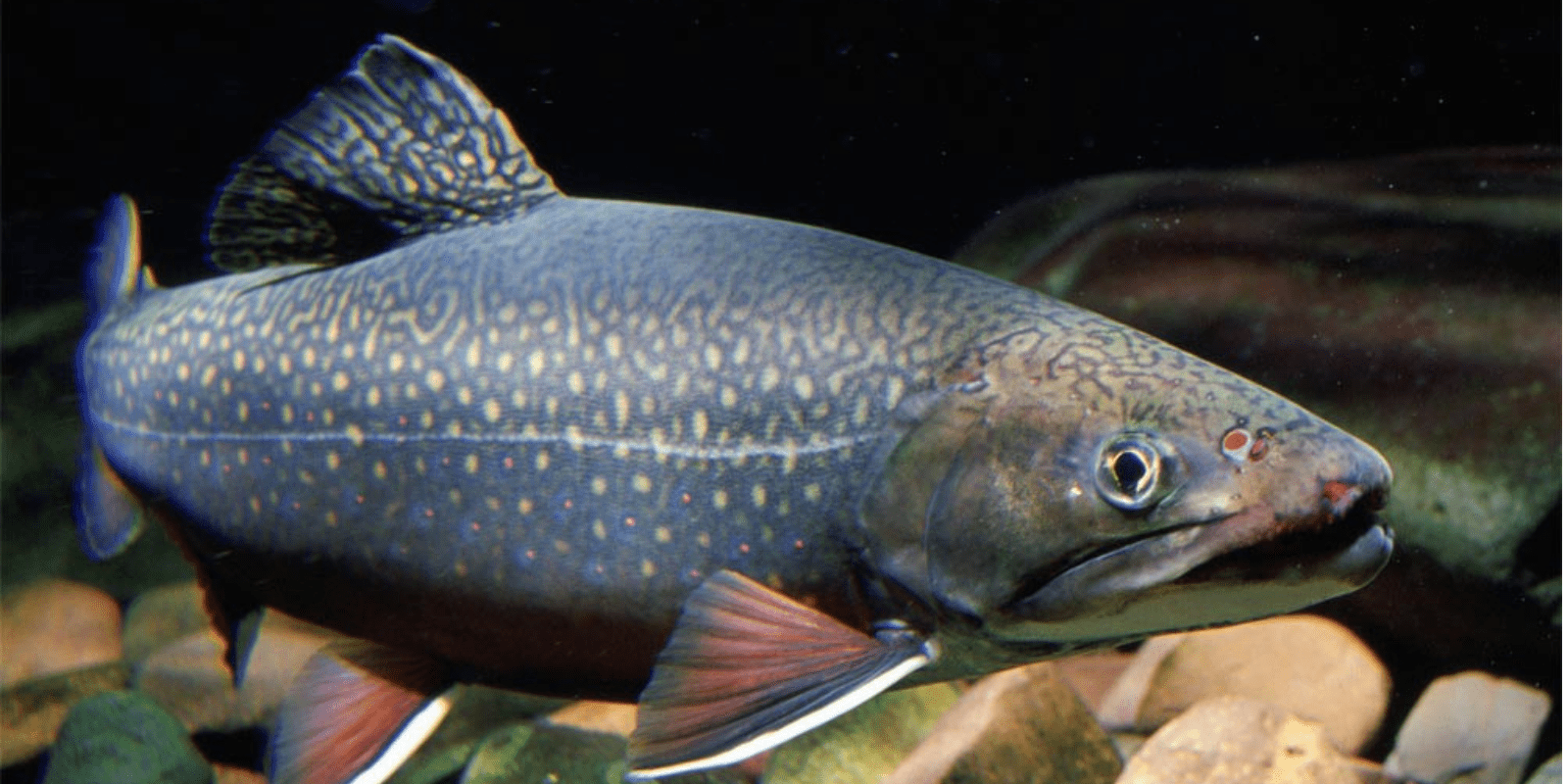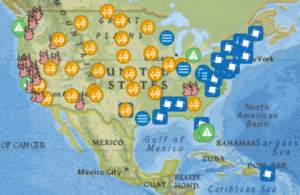We have much more to do and your continued support is needed now more than ever.
Climate Change, Natural Disasters, & Northeast Wildlife: A Story Map

Climate change-fueled natural disasters are challenging the recovery of at-risk species and making some populations more vulnerable to decline. In the Northeast region of the U.S., the highly destructive Hurricane Sandy and Maine’s 2017 drought are just recent examples of natural disasters that have plagued communities and wildlife. Sandy caused a significant amount of sand and vegetation loss, shifting or removing key beach habitat for shorebirds and other protected species. After Sandy, states wisely invested in dune reconstruction to better protect coastal neighborhoods and wildlife from flooding. This natural infrastructure will rebuild nesting habitat for wildlife like piping plovers, while also dampening the impact of storm surge from future hurricanes. In a separate climate-fueled extreme event, a drought affecting ponds and streams across the central and southern parts of Maine destroyed wild brook trout habitat; some wildlife biologists forecast a four year timeline to full population recovery.
To communicate these and other risks, National Wildlife Federation has released a new story map, Unnatural Disasters: Climate Change and the Mounting Threats to People and Wildlife, which shows examples of natural disasters that have been worsened by climate change, including hurricanes, harmful algal outbreaks, wildfires, floods, and droughts. Each event on the map includes an estimate of the economic cost, in addition to an illustration of a species that has been impacted by the natural disaster. This map is not a comprehensive record of all natural disasters, but rather a visual way to highlight recent examples of the damage climate-fueled events have on people and wildlife.
VIEW MAP
Policy Recommendations
Climate change is one of the biggest threats to human communities and the long-term survival of America’s wildlife, in part due to worsening natural disasters. Policymakers should adopt practical solutions that will mitigate the impacts of climate change by quickly reducing greenhouse gas emissions and ensuring we are able to adapt and build resilience to those impacts we cannot avoid.
For a more detailed look at National Wildlife Federation’s policy recommendations, please visit: https://www.nwf.org/climatepolicy
Take Action
Join thousands of wildlife champions in sending a message to the EPA that wildlife and communities across the country need real, climate action. The original Clean Power Plan, which would have reduced the amount of climate-disrupting carbon pollution, must be enacted in favor of the current administration’s toothless alternative, an essential “Pro-Coal Plan.”
TAKE ACTION





















